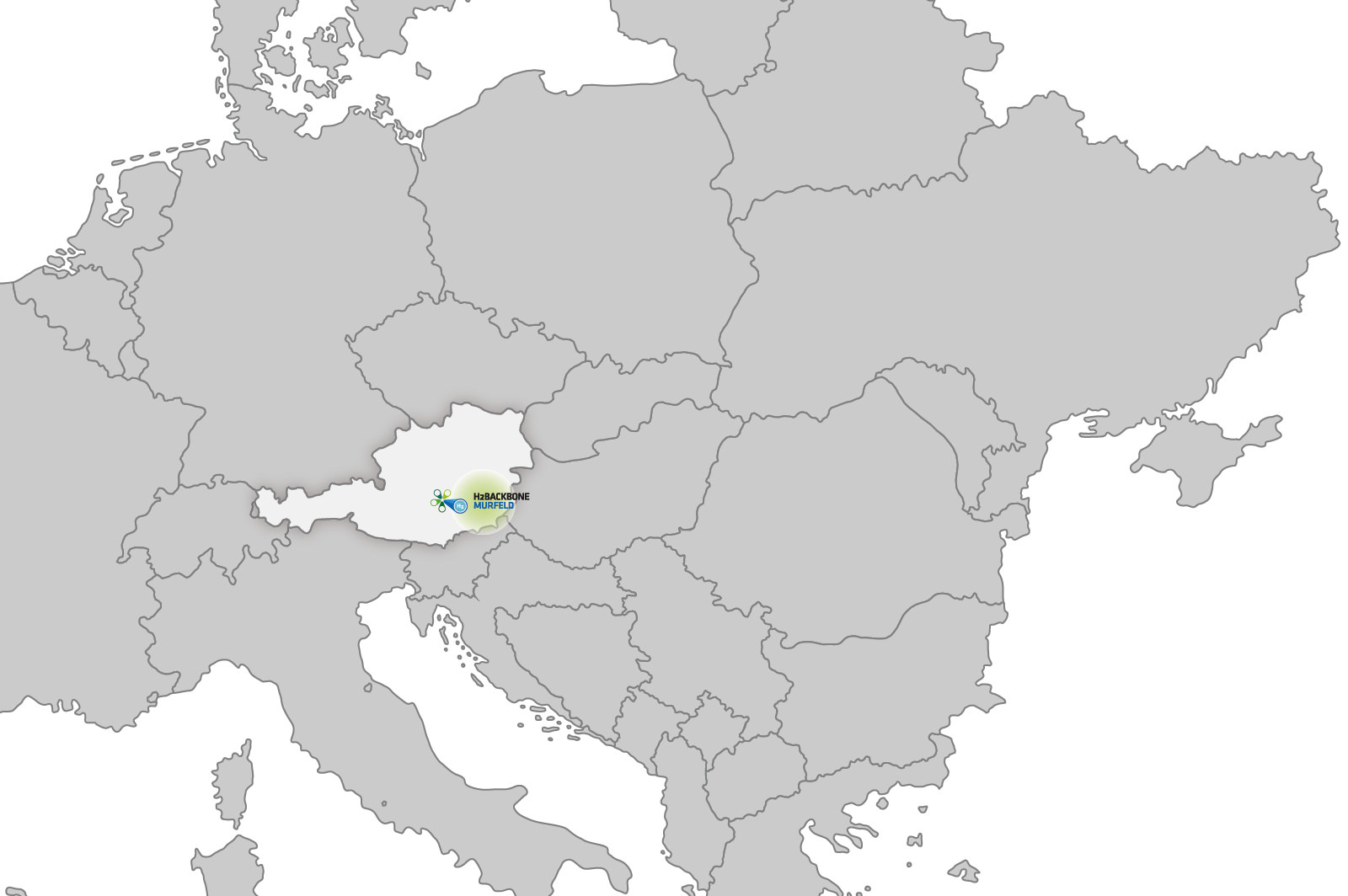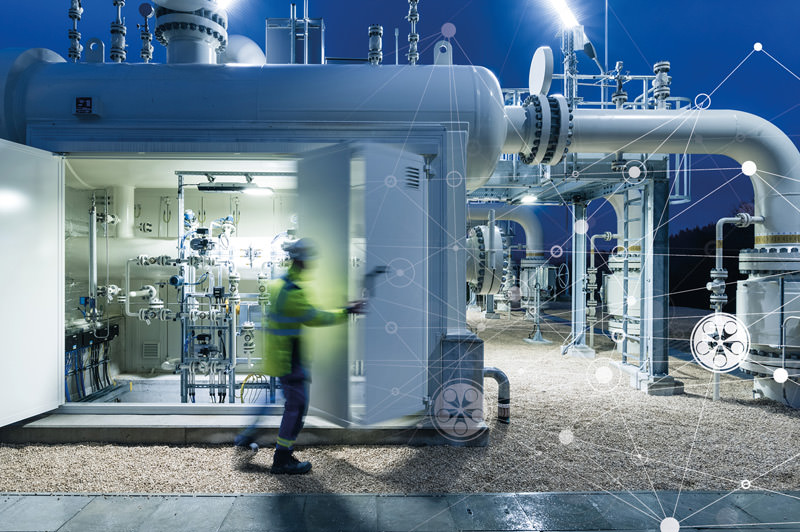PROJECT DESCRIPTION
About "H2 Backbone Murfeld"
The project “H2 Backbone Murfeld” creates cross-border hydrogen transport possibilities between Slovenia and Austria of 33 GWh/day. Hydrogen can be transported in both directions. As part of the project, the South-East Line (SOL) will be supplemented by a 26.1 kilometre long parallel line for hydrogen transportation. The SOL pipeline system runs – branching off from the Trans Austria Gasleitung (TAG) – from Weitendorf in Styria to Murfeld to the Austrian-Slovenian border.
Value added by "H2 Backbone Murfeld"
- Construction of a parallel pipeline (SOL) of 26.1 km
- Safe transport of hydrogen within Europe
- Improved security of supply thanks to diverse sources
- Maximum bidirectional capacity in the amount of 33 GWh/day
- Important contribution to European and Austrian climate goals
- CO2 savings in Austria and along the entire route
- Submitted as a "Project of Common Interest"
Building the Hydrogen Infrastructure
The possibility of transporting considerable quantities of hydrogen from the south, e.g. from Croatia via Slovenia or Italy to Austria, contributes considerably to the diversification of the domestic energy system. Above all, consumption areas in Austria, such as Styria, the Vienna and Linz metropolitan area, but also surrounding industrial regions in neighbouring countries – especially the Chem-Delta Burghausen and the Ingolstadt cluster in Bavaria – would benefit from an additional supply option with hydrogen from the south.
Supply Security and Decarbonization of the Energy System
The use of hydrogen as a climate-neutral energy supplier is an important step towards achieving the climate goals of the European Union and its member states. In addition, hydrogen will play an essential role for the security of supply of the business and industry sectors. Austria´s industry will require considerable quantities of hydrogen, as shown by a large-scale survey of Austrian Gas Grid Management (AGGM) in spring 2022. Industrial companies estimate their demand at 12 terawatt hours (TWh) by 2030 and 47 TWh of hydrogen by 2040. In order to meet this continuously increasing demand, the transport routes between production facilities and the European industry and thus the intra-European transport routes, must be expanded further.
Submitted as PCI Project
The “H2 Backbone Murfeld” project was submitted to the European Commission as a “Project of Common Interest” (PCI), as it has the potential to make a significant contribution to decarbonization and climate neutrality of Austria´s industry and, by extension, the industry of neighbouring countries. Different
from the “H2 Backbone WAG + Penta-West” project, H2 Backbone Murfeld was not included in the 6th PCI list published in November 2023. The Union list of PCI is drawn up every two years, and a new submission for the next PCI list has already been made in December 2024.
European Unity
A European unity and joint, coordinated action is needed to ensure that the European economy and industry will be supplied with the required amount of hydrogen in the future. The “H2 Backbone Murfeld” project is part of the Europe-wide REPowerEU initiative, which aims to enable the European import of hydrogen via three major corridors: the Mediterranean, the North Sea and – as soon as circumstances allow – Ukraine. As part of this initiative, the “H2 Backbone Murfeld” and other planned infrastructure projects in neighbouring or nearby countries can contribute significantly to the European hydrogen supply. The project will therefore be closely coordinated with neighbouring transmission system operators to ensure smooth hydrogen transport in the future.




